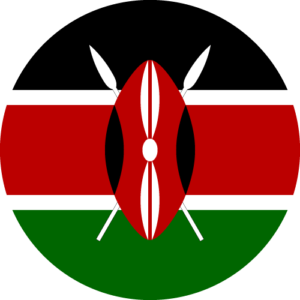In Kenya, the currency is known as shilling (KES), and it is divided into 100 cents, similar to the United States. One US dollar is equivalent to about 141 KES (The Royal Mint Museum, 2023). Kenya’s monetary policy is regulated by The Central Bank of Kenya to maintain cost stability in the economy. The Central Bank of Kenya is responsible for stabilizing the cost of goods and services to further encourage the purchase of Kenyan supplies. Fostering liquidity and stability in the bank sector, The Central Bank of Kenya supervises the commercial banks of Kenya by providing a regulatory framework of legal guidelines that govern the institutional operations.
Commercial banks in Kenya offer individuals and small, and mid-size business organizations financial services such as checking and saving accounts, loans and mortgages, foreign exchange, and credit creation (Kori et al, 2020). Through the financial services offered by the bank, the civilians of Kenya can utilize the financial systems to cover their expenses and make investments.
There are three branches of The Central Bank of Kenya located in Kenya; two locations in the country’s capital Nairobi, and one location in Kapseret, a constituency in Kenya (Central Bank of Kenya, 2023).
The wholesale and retail trade is the fifth largest contributor to Kenya’s gross domestic product (GDP). A country’s GDP refers to the monetary value of products, goods, and services produced or performed in a specific time or period.
Page Author: Ritchy Isaac




